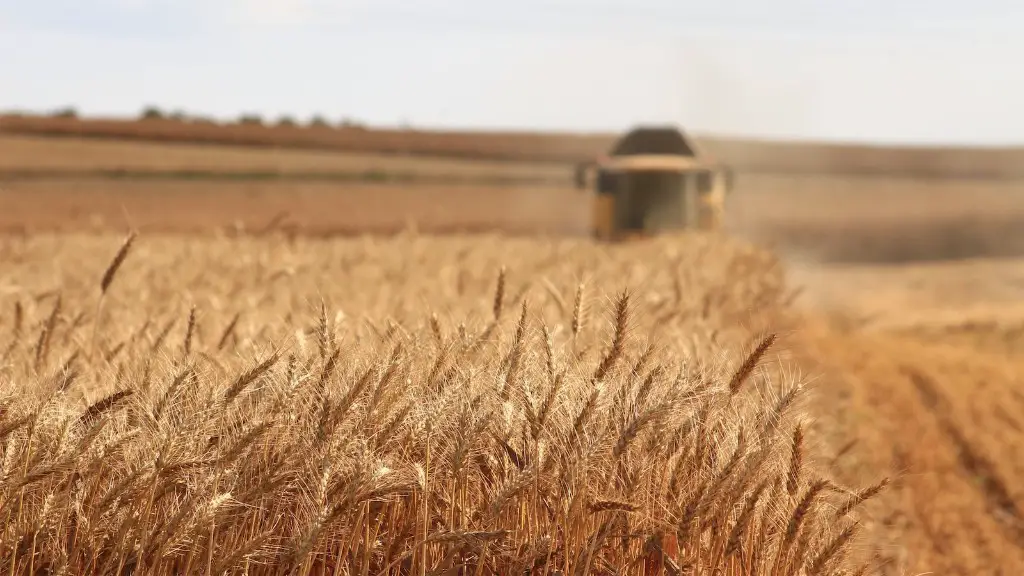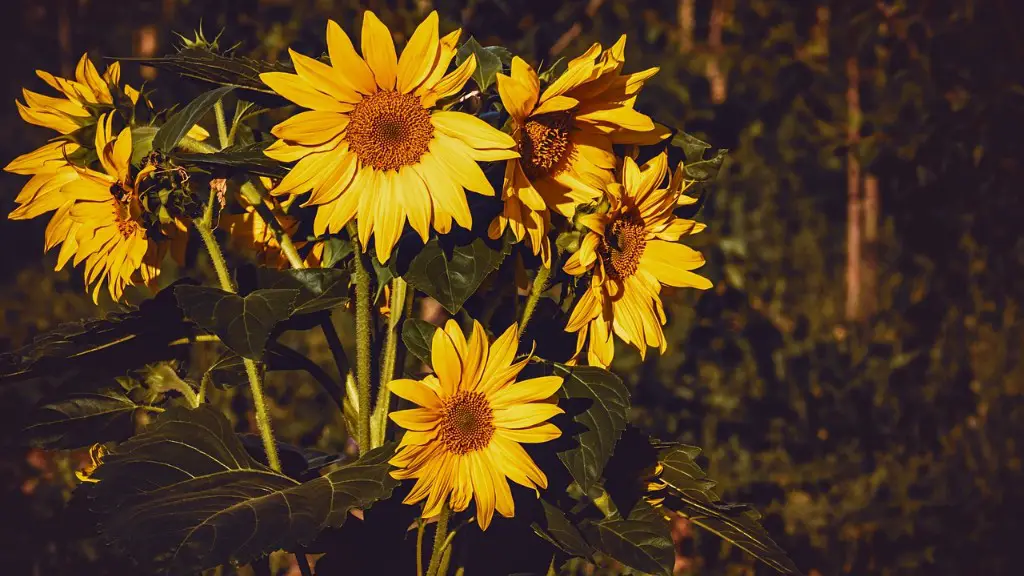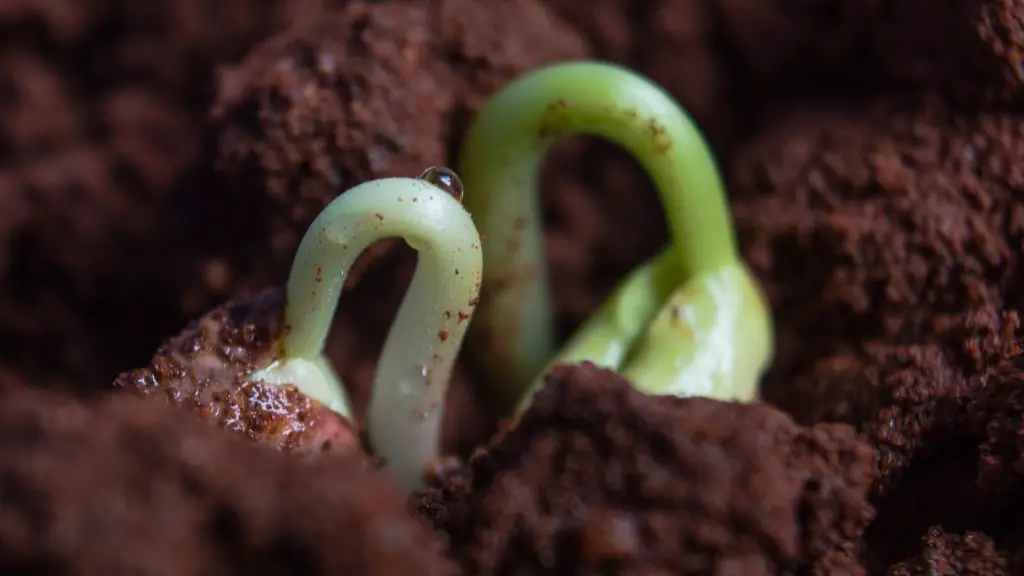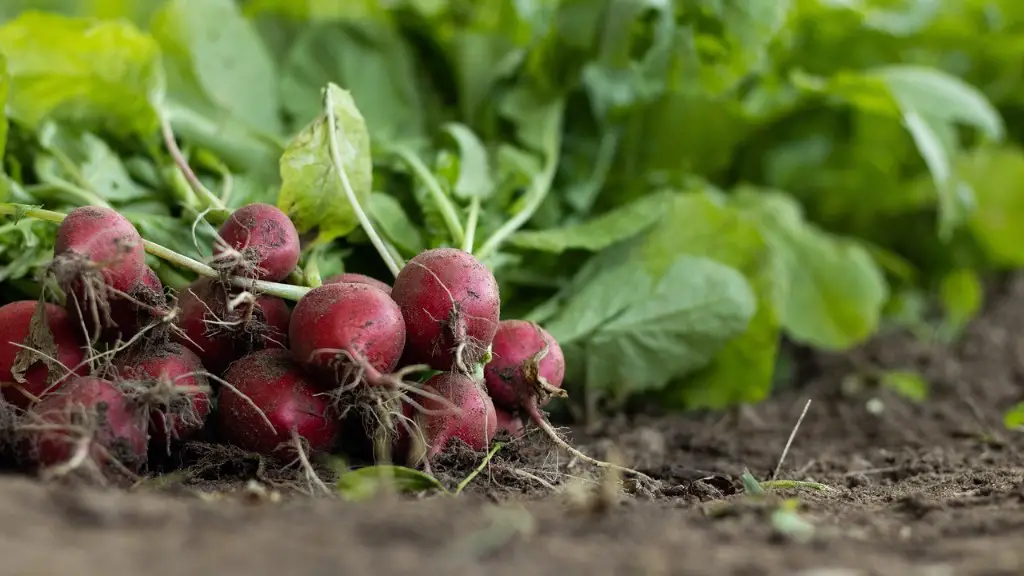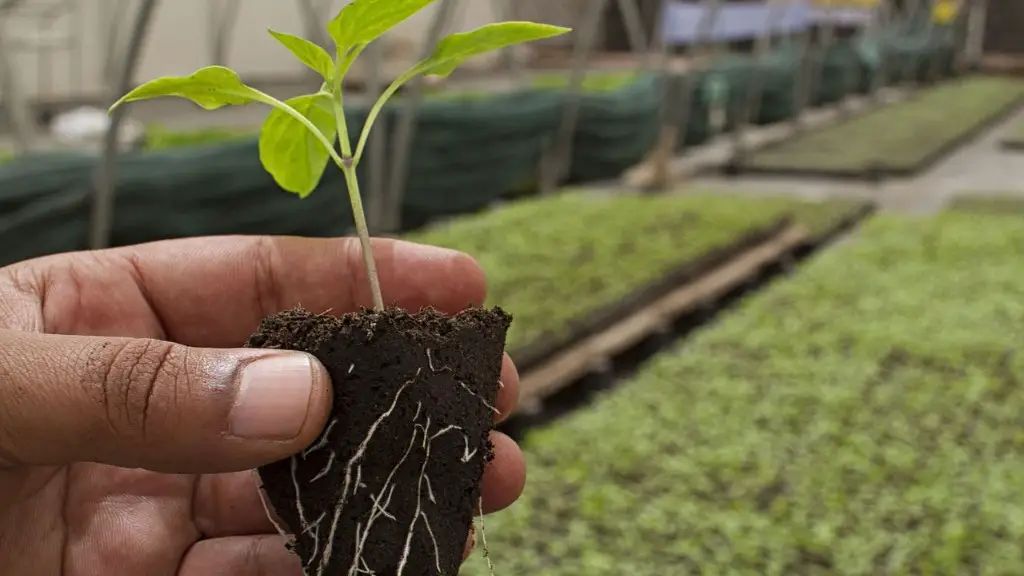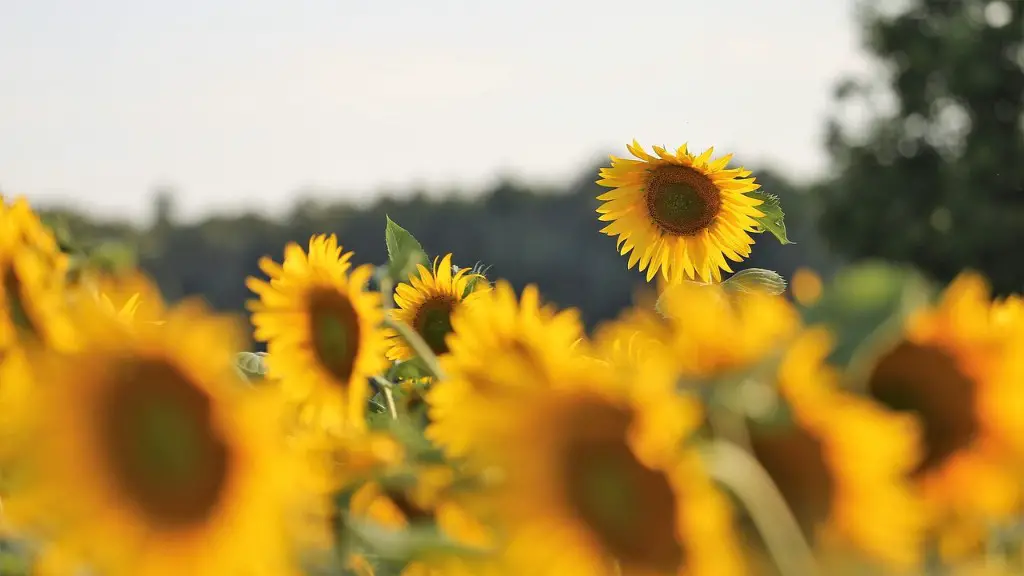Stubble is the stalk and other residual biomass remaining on a field after the harvest of a crop. The main purpose of leaving stubble in the field is to protect the soil from wind and water erosion. The stubble also provides a source of organic matter and improves the soil structure and fertility.
Stubble is the residual stalks and leaves of a crop that remain after harvest. Stubble can serve several important functions in agriculture, including providing food and shelter for wildlife, increasing organic matter in the soil, and reducing wind and water erosion.
What does stubble mean in farming?
Crop stubble is the straw and crown of plants left on the soil surface after harvest. Stubble also includes straw and chaff discharged from the harvester (header). It is also known as ‘residue’ or ‘trash’.
Crop stubble plays an important role in protecting the soil from erosion, especially in areas with high rainfall. It can also help to improve soil fertility and tilth. In some cases, crop stubble can be used as livestock feed.
For several decades, farmers have burned stubble, CRP lands, and rangelands as an inexpensive and effective way of controlling weeds, insects, diseases, and excess crop residue. However, this practice is now coming under increased scrutiny due to its environmental impacts. Burning releases emissions that can contribute to air pollution, and also increases the risk of wildfires. Some states are now beginning to regulate or ban the practice, and farmers are increasingly looking for alternatives.
How is stubble formed
Stubbles are the cut stalks left on the field after the grains of cereal plants or stems of sugarcane are harvested. They can be used as fuel or as fodder for animals. Stubbles can also be used to make paper and other products.
The burning of agricultural stubble is a common practice in many parts of the world. In Australia, it is most commonly practised in the autumn, when the stubble is cut green and burned in piles, creating large amounts of smoke.
In the Murrumbidgee Irrigation Area, there is an annual burning of 30,000 ha. This is a significant source of air pollution, particularly during the spring and summer months when air quality is typically worse.
Sugarcane is another crop that is commonly burnt in Australia. This is practised in northern NSW between June and December, when the cane is harvested. Burning sugarcane is a major source of air pollution in the region, particularly during the winter months.
Can you plant over stubble tillage?
If you want to plant in stubble tillage, you need to make sure that your planter or seeder is capable of planting directly into the ground without the need for plowing or cultivation. Otherwise, you may end up damaging your equipment or harming your crops.
It is important to note that it is illegal to burn cereal straw and stubble in the field, except under certain circumstances. These circumstances are detailed in section 3 Exemptions to the ban.
Is stubble burning good for soil?
Stubble burning is a common practice in India, especially during the winter months. Farmers burn their crop residue in order to clear their fields for the next season. However, this practice not only affects air quality, but also harms the quality of the soil.
When stubble is burnt, it causes damage to the nutrients present in the soil, making it less fertile. This can lead to a decrease in crop yields and ultimately, decrease the quality of the soil. In addition, stubble burning contributes to air pollution, which can have a negative impact on human health.
Therefore, it is important to find alternative methods of clearing fields, such as using mechanical equipment, that do not involve burning. This will help to protect the quality of the soil and the air we breathe.
It is important to maintain soil fertility in order to have a healthy and productive garden. Burning stubble can adversely affect soil fertility by destroying the nutrients that are crucial for fertile soil. This is because the heat generated during the burning kills the bacterial and fungal populations which are essential for healthy soil.
How do you stop farmers burning crop stubble
Stubble burning is a problem faced by farmers across the globe. Burning of crop residue is a common practice in many countries, but it has detrimental effects on the environment. Some measures that can be taken to control stubble burning are:
1. Diversification to low straw generating and early maturing paddy varieties: This will help reduce the amount of straw that is produced, and also reduce the time it takes for the crop to mature.
2. In-situ crop residue management including bio-decomposer application: This will help decompose the crop residue and reduce the amount that needs to be burned.
3. Ex-situ crop residue management: This involves removing the crop residue from the field and disposing of it in a way that does not cause pollution.
4. Information, Education and Communication activities: Creating awareness about the harmful effects of stubble burning and encouraging farmers to adopt alternative methods of residue management.
5. Monitoring and effective enforcement: Monitoring field conditions and taking action against those who violate bans on stubble burning.
Agricultural burning is a practice that has been used by farmers for centuries in order to remove crop residues, control pests, and prevent disease. Though it is not without its drawbacks, agricultural burning can be an effective way to manage a farm.
How often does stubble grow?
Every man’s beard grows at a different rate, but on average facial hair grows roughly one-half inch per month. We recommend growing your stubble out to almost beard length and then trimming it back. What is almost beard length? About one-quarter of an inch… so give yourself about two weeks before trimming your stubble.
There is no one perfect length for stubble. It depends on what look you are going for and how much maintenance you are willing to do. Generally speaking, it takes about three days for your 5-o’clock shadow to graduate from scruff to stubble. Most guys, however, let their stubble grow for a little while longer than that. For a shorter, neater look, five-day stubble should give you optimal growth.
How long will stubble burning last
The major reason behind stubble burning is the short time available between rice harvesting and sowing of wheat. If wheat is sown late, it affects the wheat crop. Therefore, farmers have to burn the stubble in order to make space for sowing wheat.
Stubble retention has a range of benefits for soil health, including reducing soil erosion, improving soil organic matter and retaining moisture. These benefits can help to improve the long-term productivity of agricultural land.
Why do farmers burn hay bales?
Field burning is a method used by farmers to remove unwanted byproducts from the previous crop and to prepare the field for a new crop. Not all crops are burned, but this is a common practice for many types of crops.
Soil compaction can be a serious issue for farmers, as it can lead to poor root penetration and decreased yields. To avoid this problem, farmers should always check the state of their soil before tilling. If it is wet, it is best to wait a few days for it to dry out somewhat before beginning work.
What should farmers do instead of tilling
Tillage is a common practice among farmers to break up soil and prepare seedbeds. However, over time, tillage can degrade the structure of the soil, creating compacted soils that may need to be tilled again before planting. Planting cool-season cover crops can help reduce compaction, build organic matter, and hold your soil in place.
Stubble is often overlooked as a feed source for sheep and cattle, but it can actually be quite useful when balanced out with energy and protein. The high cellulose content and low sugar levels make it deficient as a source of protein and energy, but when used in conjunction with other feed sources, it can be a valuable asset.
Final Words
Stubble is the part of the plant that is left after the grain or seed has been harvested.
Stubble is the part of the plant that is left after the main part has been harvested. It is the stalk, stem, or other parts of the plant that are left behind. Stubble can be used as animal feed, or it can be plowed back into the soil to help replenish nutrients.
